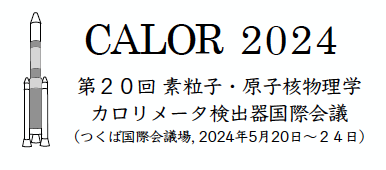Speaker
Description
High-density, high-light-output inorganic scintillators are extensively utilized in the detection of ionizing radiation across various fields, including high-energy physics, space exploration, advanced medical imaging, and industrial applications. The Glass Scintillator Hadronic Calorimeter (GSHCAL) is an important part of calorimeter system in the Circular Electron Positron Collider (CEPC). The Institute of High Energy Physics proposed a design of glass scintillator coupled with SiPM as a new solution for the next generation calorimeter to explore the oapplication of glass scintillators in high energy physics and nuclear radiation detection. The Large Area Glass Scintillator Collaboration Group (GS) was established to research and develop scintillation glass. The response of Gd-doped scintillation glass to gamma rays and neutrons is investigated here. In addition, we performed the corresponding comparison experiments using Gd3Al2Ga3O12 (GAGG:Ce) scintillation crystals. The neutron response of the GAGG:Ce and Gd-doped scintillation glass coupled with silicon photomultiplier (SiPM) has been measured, and two distinct strong low-energy neutron indication peaks can be clearly identified below 100 keV. Although the Gd-doped scintillation glass is not as good as the GAGG scintillator in terms of energy resolution, the response to thermal neutrons is more sensitive, and two strong low-energy neutron peaks are clearly recognized below 100 keV.
